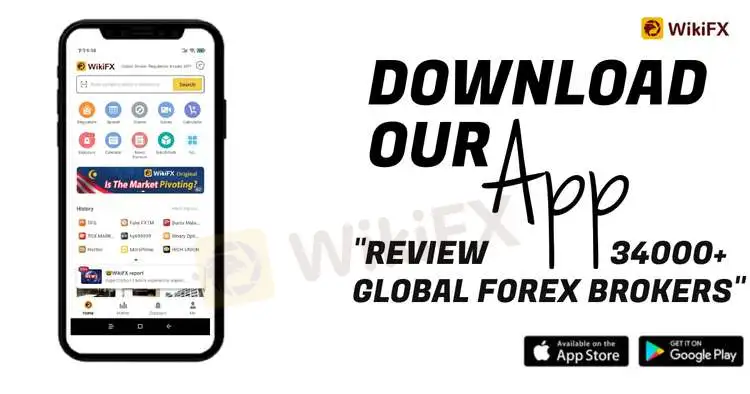简体中文
繁體中文
English
Pусский
日本語
ภาษาไทย
Tiếng Việt
Bahasa Indonesia
Español
हिन्दी
Filippiiniläinen
Français
Deutsch
Português
Türkçe
한국어
العربية
Starting Forex Trading: Setting Up an Account
Abstract:Without intending to say anything obvious, this series of articles are set for beginners. In other words, if you have never made a single forex trading in your life, you won’t know how to set up a trading account!

The good news is that the part is very simple and simple, but nevertheless, I compiled a step-by-step guide to get started.
Step 1 – Find a broker.
You need to find a broker that suits your trading style. If you need help, there is an article on how to find it and what to pay attention to. In addition, if there is no time to directly investigate the platform.
Step 2 – Select a transaction account.
Please determine the type of trading account you want to open. Some are small with low minimum trading account balance requirements, and some are for more skilled traders.
Step 3 – Application form.
Now you have to fill out the application form on the broker website. The information required varies, but generally includes a name, address, contact information, and date of birth.
You may also have to talk a little about financial conditions such as monthly income, employment status, and trading experience. Again, each forex broker will be slightly different.
Stage 4 – Confirm your identity
Before you complete the registration of your forexe account, you must prove who you are. Most forex brokers only need a scanned copy of their passport or resident registration card.
Some may require a scanned copy of a utility bill or a letter with your name and residence address. It should generally be within a certain period of time (e.g., within 6 months).
Step 5 – Log in.
Suppose you have received confirmation almost immediately (generally). You can now access your new forex trading account using your login information.
Step 6: Deposit the funds into the transaction account.
You can now deposit funds into the transaction account. The payment methods provided are generally very standard and include: Debit/credit card, bank transfer and electronic wallets such as PayPal and Apple Pay.

Disclaimer:
The views in this article only represent the author's personal views, and do not constitute investment advice on this platform. This platform does not guarantee the accuracy, completeness and timeliness of the information in the article, and will not be liable for any loss caused by the use of or reliance on the information in the article.
Read more

The Hidden Checklist: Five Unconventional Steps to Vet Your Broker
Forex broker scams continue to evolve, employing new tactics to appear credible and mislead unsuspecting traders. Identifying these fraudulent schemes requires vigilance and strategies beyond the usual advice. Here are five effective methods to help traders assess the legitimacy of a forex broker and avoid potential pitfalls.

Doo Financial Obtains Licenses in BVI and Cayman Islands
Doo Financial, a subsidiary of Singapore-based Doo Group, has expanded its regulatory footprint by securing new offshore licenses from the British Virgin Islands Financial Services Commission (BVI FSC) and the Cayman Islands Monetary Authority (CIMA).

CFI’s New Initiative Aims to Promote Transparency in Trading
A new programme has been launched by CFI to address the growing need for transparency and awareness in online trading. Named “Trading Transparency+: Empowering Awareness and Clarity in Trading,” the initiative seeks to combat misinformation and equip individuals with resources to evaluate whether trading aligns with their financial goals and circumstances.

Malaysian-Thai Fraud Syndicate Dismantled, Millions in Losses Reported
The Royal Malaysia Police (PDRM) has received 26 reports concerning the Nicshare and CommonApps investment schemes, both linked to a major fraudulent syndicate led by a Malaysian citizen. The syndicate’s activities came to light following the arrest of its leader by Thai authorities on 16 December.
WikiFX Broker
Latest News
ASIC Sues Binance Australia Derivatives for Misclassifying Retail Clients
WikiFX Review: Is FxPro Reliable?
Malaysian-Thai Fraud Syndicate Dismantled, Millions in Losses Reported
Trading frauds topped the list of scams in India- Report Reveals
AIMS Broker Review
The Hidden Checklist: Five Unconventional Steps to Vet Your Broker
YAMARKETS' Jingle Bells Christmas Offer!
WikiFX Review: Something You Need to Know About Markets4you
Revolut Leads UK Neobanks in the Digital Banking Revolution
Fusion Markets: Safe Choice or Scam to Avoid?
Currency Calculator


